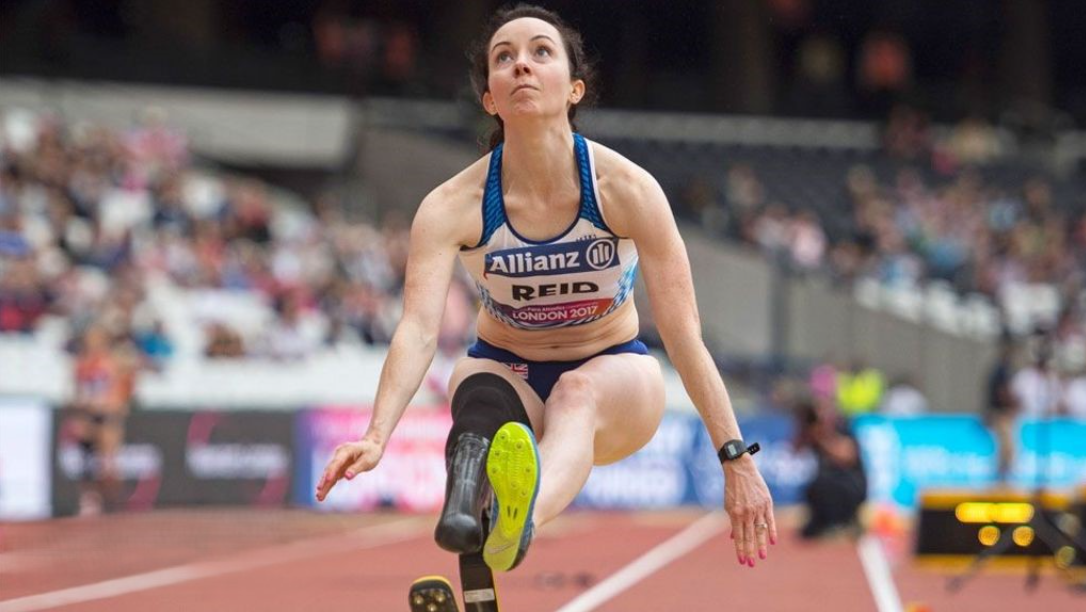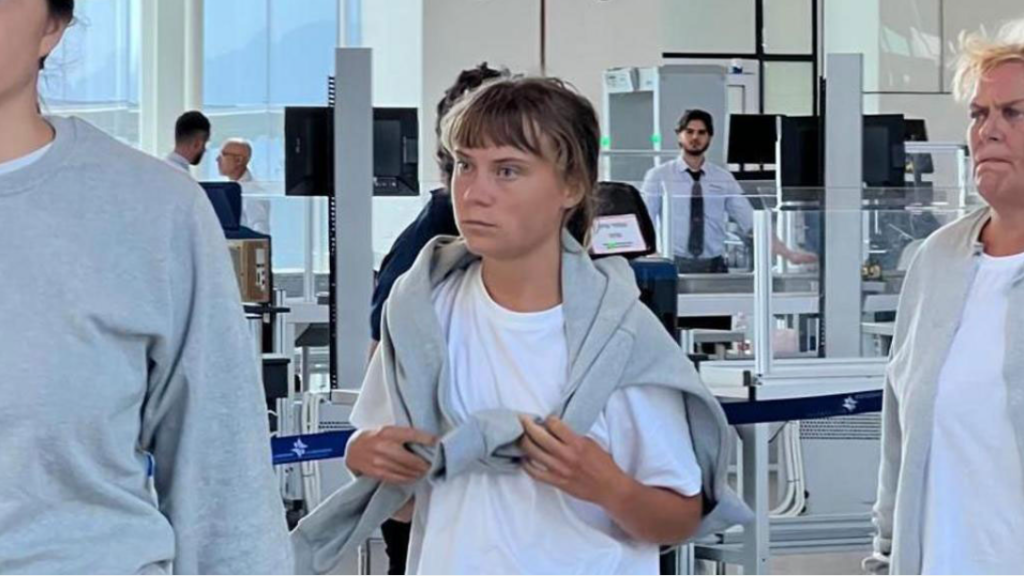Desk Report:
Nike, Adidas and Puma need to sell one-legged shoes – this is the mission of Steph Reed, who became a champion by running on one leg
Steph Reid was a sports fanatic from a young age. He dreamed of playing international rugby. But just before his 16th birthday, a horrific boat accident changed his life forever. Due to the severe injuries, doctors had no choice but to amputate his right leg.
Steph initially played rugby with one leg. But his speed and agility were naturally not what they used to be. At one point, he got tired of comparing his performance with his two-legged counterparts.
Steph told the BBC, “I didn’t want to let my dreams be shattered by being amputated. Life is constantly changing. So instead of trying to force goals to fit into such a reality, we should reshape them.”
So he left rugby and chose athletics. Using a light and flexible carbon-fibre blade on his right leg, he later became a world champion Paralympic long jumper and sprinter. He played for Canada and Great Britain; won medals; broke records; He has also been awarded an MBE.
Now retired from professional sport, he has pursued a new career path with the same determination and adaptability – acting, modelling, presenting and even competing in Dancing on Ice.
Now Steph’s battle is on a different front. She is calling on big brands like Nike, Adidas and Puma to sell single shoes rather than pairs.
One reason is cost – a good pair of running shoes costs around £200. When she competed, she only needed one pair. But she had to buy two pairs; that meant wasting hundreds of pounds on shoes she never wore.
But Steph’s biggest motivation is the principle behind it. Many big brands proudly display models with blades in their shop windows. But they don’t sell single shoes to athletes like Steph.
“I was happy to see the mannequins in the shop with blades,” says Steph. I wish 15-year-old Steph would have seen these! But now, I want retailers to offer truly inclusive shopping experiences, not just at the showroom.
Steph is not alone. Although she wears two pairs of prosthetic feet in her daily life, that is not the case for many amputees—one pair is enough for them.
Beyond amputees, there are many people who have different foot sizes. They also have a problem with being forced to buy the same pair of shoes. They only need one pair.
Last year, Nike launched a one-shoe program where customers could buy a pair of shoes for half price at certain stores. However, this is not clearly advertised. Customers have to contact the support team and it is not available online.
When Steph questioned this, she was not told about the program; instead, she was given a one-time 15 percent discount.
“It doesn’t really help in the long run. Because I will always have one foot,” she says.




